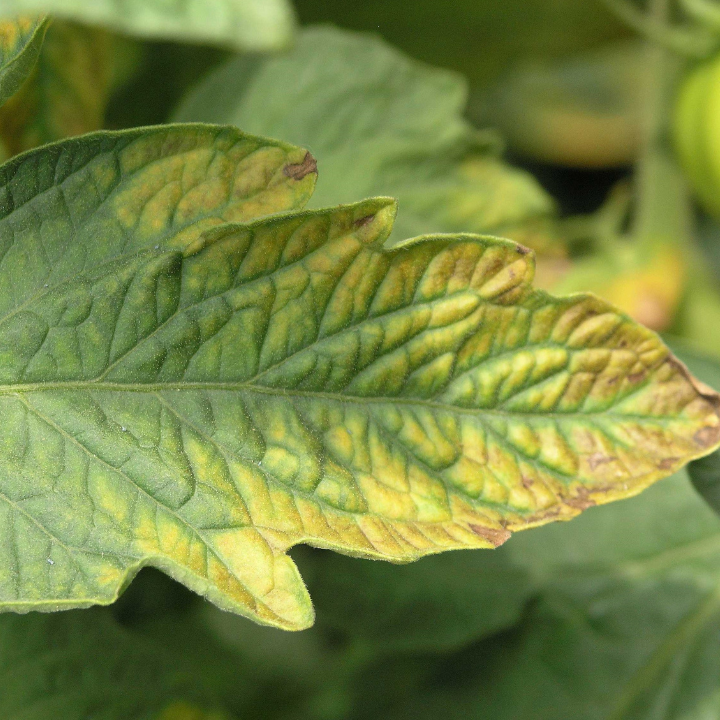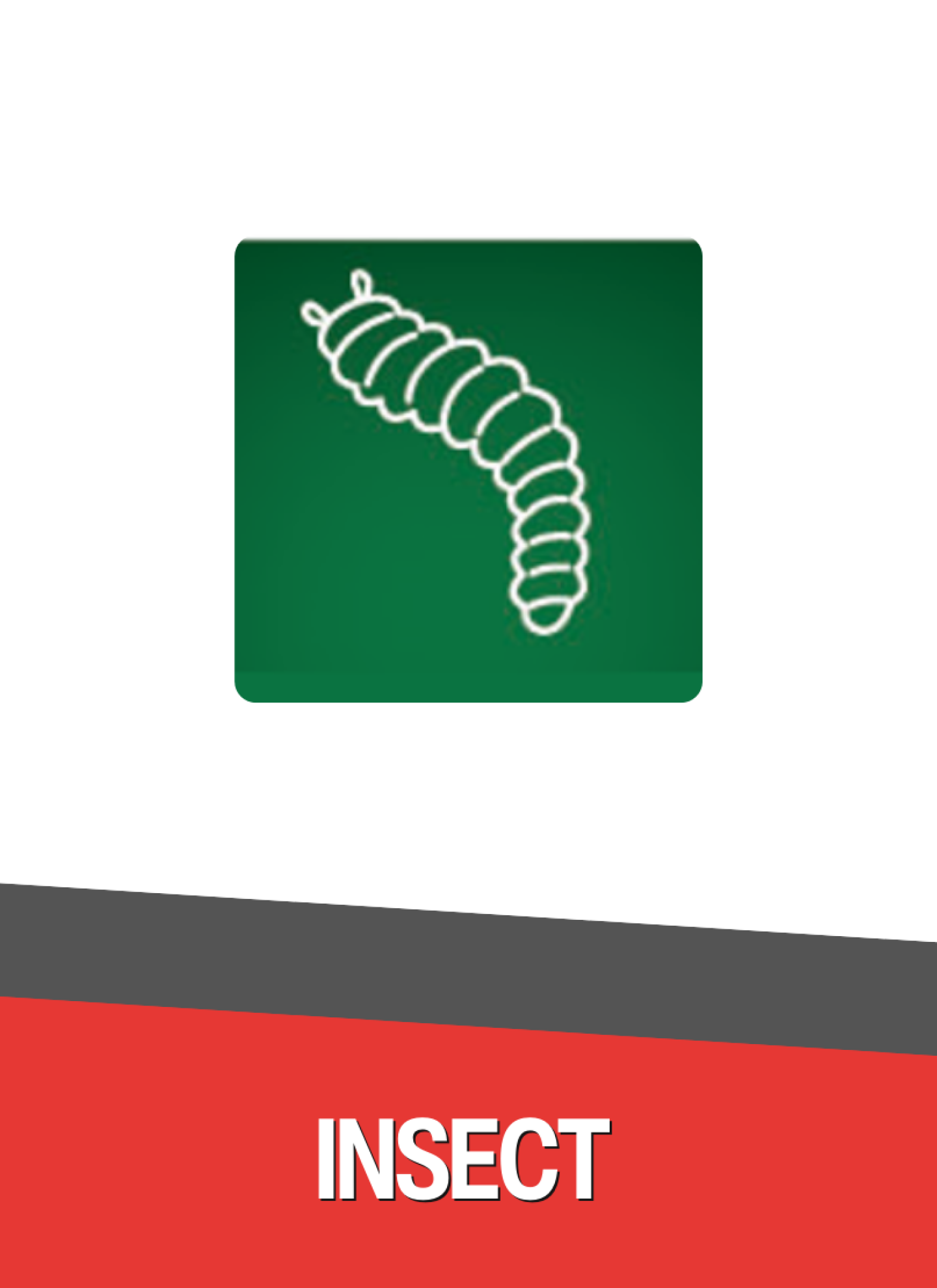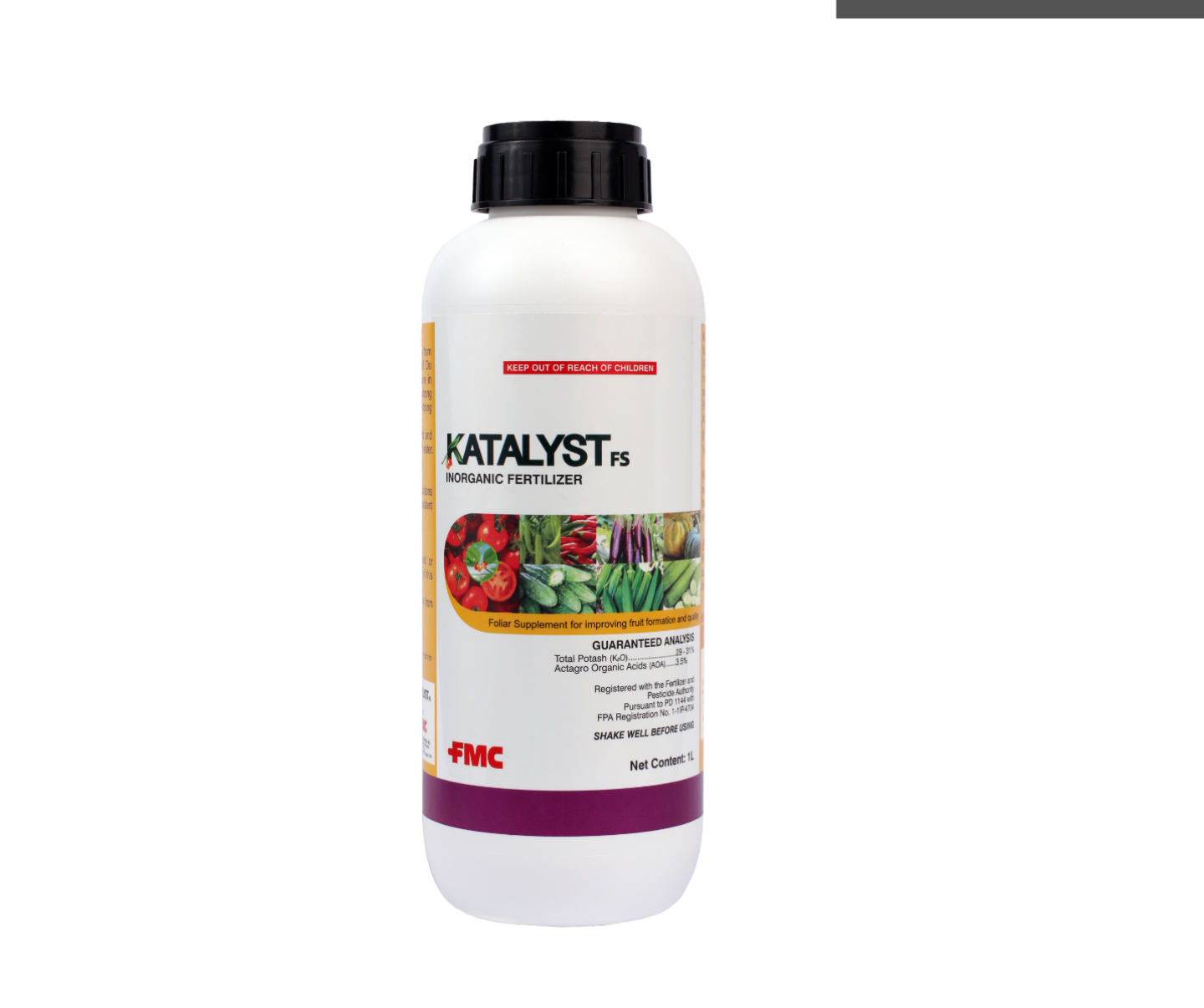Potassium Deficiency

Potassium deficiency is a plant disorder that is most common on light, sandy soils, because potassium ions (K+) are highly soluble and will easily leach from soils without soil colloids.
Source: https://en.wikipedia.org/wiki/Potassium_deficiency_(plants)
What are the symptoms
Typical symptoms of potassium deficiency in plants include brown scorching and curling of leaf tips as well as chlorosis (yellowing) between leaf veins. Purple spots may also appear on the leaf undersides. Plant growth, root development, and seed and fruit development are usually reduced in potassium-deficient plants. Often, potassium deficiency symptoms first appear on older (lower) leaves because potassium is a mobile nutrient, meaning that a plant can allocate potassium to younger leaves when it is K deficient.
Impact to the Crop
Potassium deficiency reduces growth, resulting in smaller leaves and thinner stems. Plants are more easily lodged and may wilt. Under severe deficiency, the edges of older leaves become yellow, or scorched and may die completely, but remain attached to the stem.
How to control
1. Application of the most widely used potassium fertilizer is potassium chloride (muriate of potash). Other inorganic potassium fertilizers include potassium nitrate, potassium sulfate, and monopotassium phosphate.
2. Adequate moisture is necessary for effective potassium uptake; low soil water reduces K uptake by plant roots.
3. Liming acidic soils can increase potassium retention in some soils by reducing leaching
4. Practices that increase soil organic matter can also increase potassium retention.

